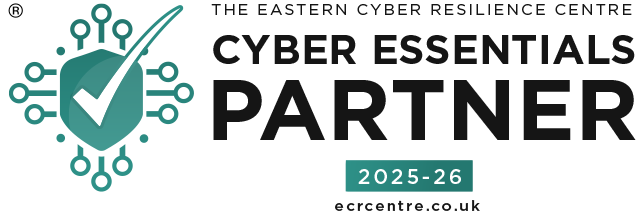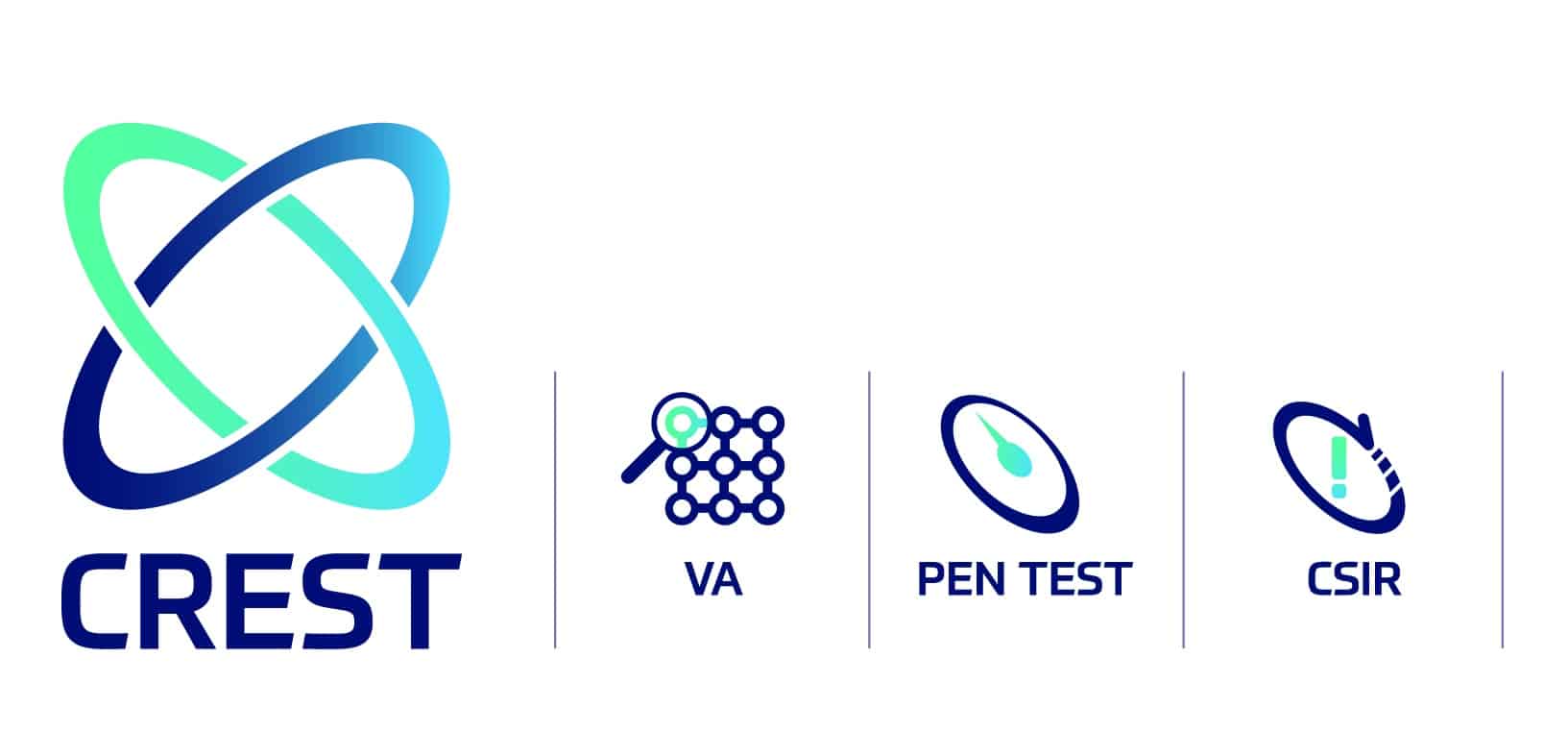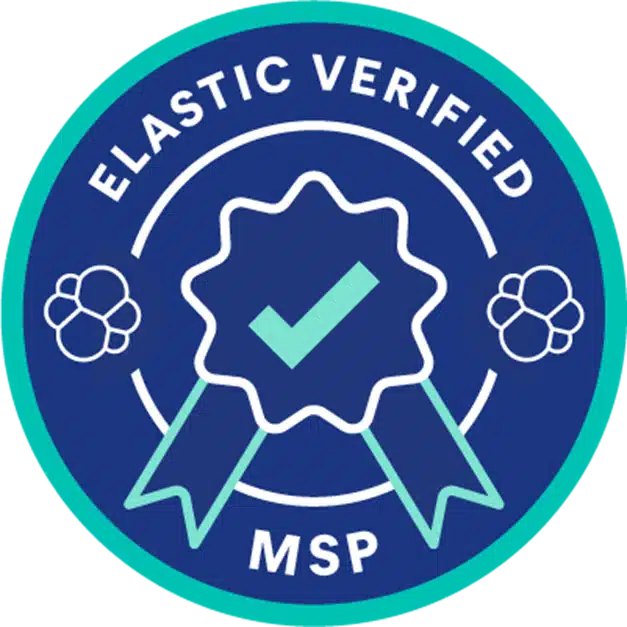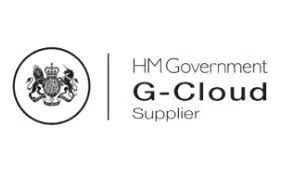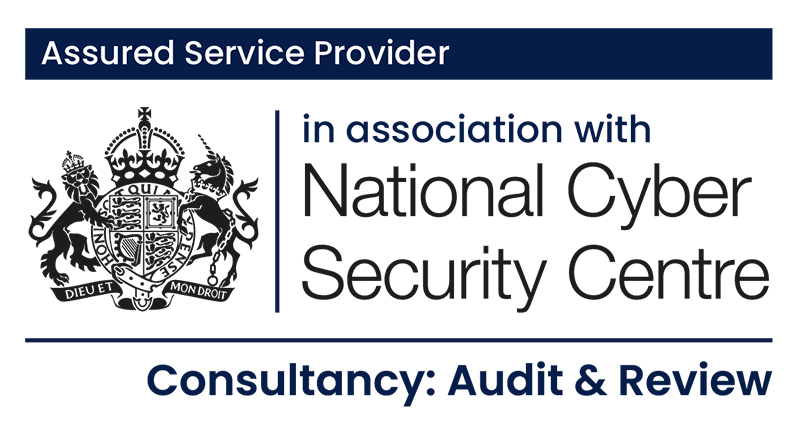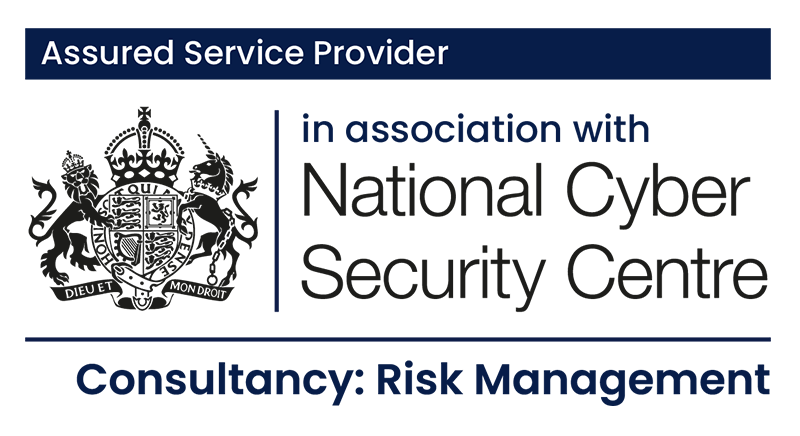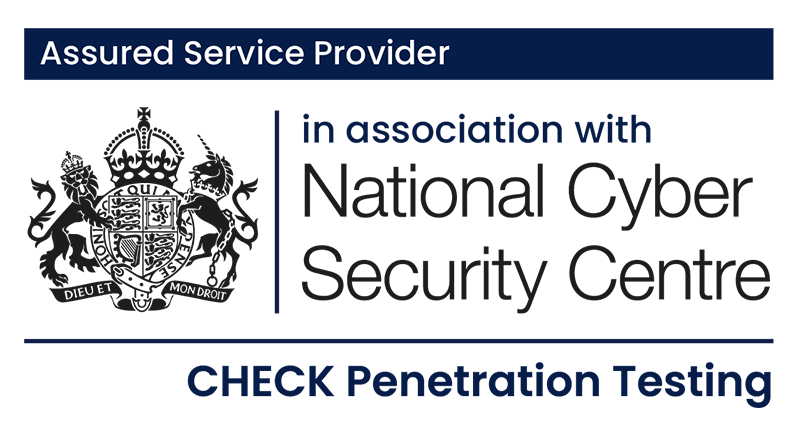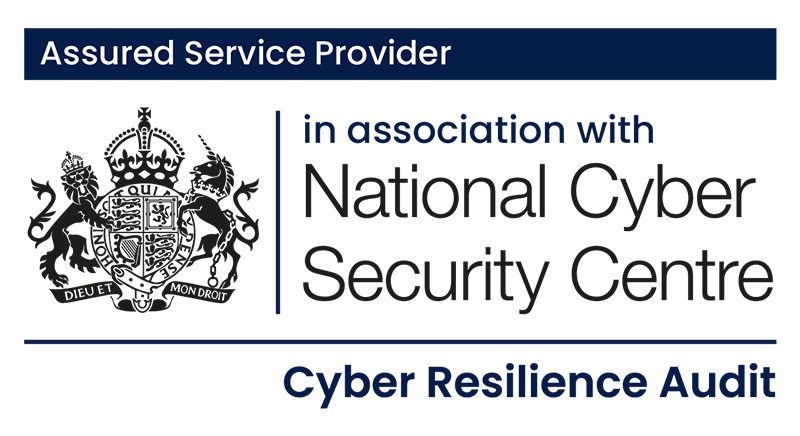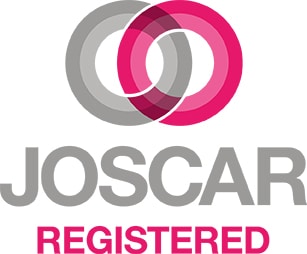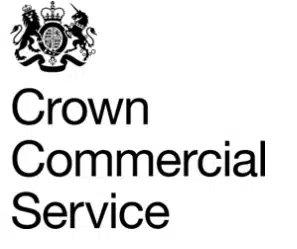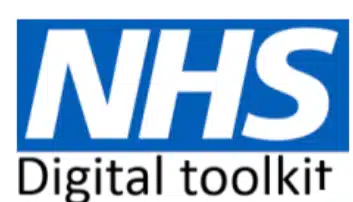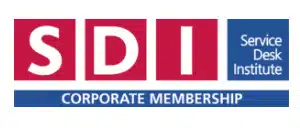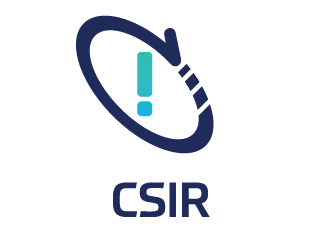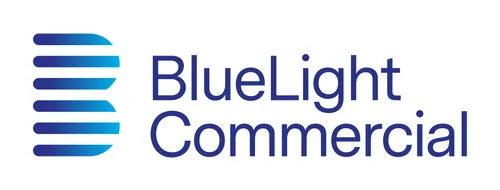Artificial intelligence (AI) is rapidly transforming industries, driving innovation, and creating new opportunities. However, it also presents unique challenges related to ethics, security, accountability, and compliance with emerging regulations like the EU AI Act. In this landscape, ISO 42001 has emerged as the cornerstone for responsible AI governance, aiming to provide organisations with a structured framework to mitigate risks, foster trust, and ensure ethical practices are being implemented.
In our previous blog, we delved into the EU AI act and discussed how its main goal is to regulate applications using AI by managing and mitigating risks, while fostering innovation.
Building upon that foundation, we now shift the attention to ISO 42001, a pivotal standard designed to guide organisations in meeting AI governance requirements like the EU AI act. In this blog, we explore the key components of ISO 42001, its role in managing AI risks, its alignment with complementary tools – such as the NIST AI Risk Management Framework (AI RMF) – and how Cyberfort is able to help organisations implement this vital standard effectively.
What is ISO 42001?
ISO 42001 is the first international standard specifically designed to address the governance and risk management needs of AI systems. It offers organisations a comprehensive framework to operationalise ethical, transparent, and secure AI practices, while complying with regulatory requirements. Providing guidelines for the entire AI lifecycle—from design and development to deployment and decommissioning—ISO 42001 helps organisations align their AI initiatives with stakeholder expectations and regulatory demands.
Key Components of ISO 42001![]() Operational Planning
Operational Planning
· Establish an AI policy and clearly define the AI system’s objectives.
· Maintain a record to demonstrate the planning, execution, monitoring, and improvement of AI system processes throughout the entire AI lifecycle.
· Anticipate and plan for unintended changes or outcomes to preserve the integrity of the AI system.![]() Risk Management
Risk Management
· Proactively identify, assess, and mitigate risks across the AI lifecycle.
· Address potential biases, data security vulnerabilities, and ethical concerns.
· Enable organisations to prepare for and respond to emerging risks effectively.![]() Human Oversight
Human Oversight
· Establish mechanisms to ensure critical AI decisions remain under human control.
· Foster accountability and prevent automated errors from escalating.
· Build trust by enabling human intervention when necessary.![]() Data Governance
Data Governance
· Maintain data accuracy, representativeness, and integrity to ensure fair outcomes.
· Develop protocols for ethical data acquisition, usage, and storage.
· Mitigate risks associated with biased or low-quality data.![]() Continuous Improvement
Continuous Improvement
· Incorporate iterative evaluations to refine AI systems and governance practices.
· Use feedback loops and audits to adapt to regulatory updates and technological advancements.
· Foster resilience by embedding adaptive capabilities into AI systems.
The Role of ISO 42001 in AI Governance
ISO 42001 is more than a compliance tool; it is a strategic enabler for responsible AI development, providing a structured approach to risk management, accountability, and transparency. As AI systems become increasingly embedded in critical business processes, organisations need a scalable and adaptable governance framework that aligns with both regulatory mandates and ethical considerations. By implementing ISO 42001, organisations can:
Enhance Transparency and Trust
Provide stakeholders with clear visibility into AI processes and decision-making mechanisms, ensuring explainability and reducing concerns over opaque AI models.
Mitigate Ethical and Operational Risks
Proactively address challenges such as bias, security vulnerabilities, and unintended consequences through structured risk assessment methodologies.
Streamline Regulatory Compliance
Align organisational practices with stringent regulations like the EU AI Act, UK AI Code of Practice, and other emerging standards that mandate robust governance for high-risk AI systems.
Enable Scalable Governance
Adapt the framework to suit organisations of any size, from startups to multinational corporations, ensuring governance structures evolve alongside AI capabilities.
Demonstrate Compliance and Strengthen Reputation
Achieve ISO 42001 certification by successfully passing external audit assessments conducted by accredited certification bodies, positioning the organisation as a leader in responsible AI adoption.
Drive Continuous Improvement
Establish iterative monitoring and evaluation processes to refine AI governance, ensuring alignment with evolving risks, regulatory changes, and ethical standards.
NIST AI RMF: A Complementary Tool
While ISO 42001 provides a structured, standardised approach to AI governance, the NIST AI Risk Management Framework (AI RMF) complements it by offering a flexible, iterative framework for managing AI-related risks. The NIST AI RMF is particularly effective in dynamic environments where AI risks evolve rapidly, requiring continuous assessment and adaptation. When used together, these frameworks enable organisations to build resilient, responsible AI systems that align with global compliance requirements.
By integrating ISO 42001 and the NIST AI RMF, organisations can:
Govern AI Systems Holistically
Combine ISO 42001’s structured governance principles with NIST AI RMF’s adaptive risk identification and mitigation strategies, ensuring a well-rounded AI risk management approach.
Enhance Risk Adaptability
Leverage NIST’s “Map, Measure, Manage” functions to proactively detect and mitigate AI risks, ensuring AI systems remain secure, ethical, and aligned with both regulatory and operational needs.
Achieve Comprehensive Compliance
Align both frameworks to meet global standards, such as the EU AI Act, UK AI Code of Practice, and OECD AI Principles, ensuring AI governance remains robust and future-proof.
Improve AI Resilience and Security
Apply NIST AI RMF’s iterative risk evaluation process to reinforce ISO 42001’s security mandates, strengthening defences against adversarial threats, data breaches, and unintended AI failures.
Support Ethical and Explainable AI
Utilise NIST’s transparency and explainability guidelines alongside ISO 42001’s governance principles to ensure AI systems are interpretable, fair, and accountable.
The combination of ISO 42001 and NIST AI RMF provides organisations with both structure and agility, enabling them to proactively manage AI risks while fostering innovation and compliance.
ISO 42001 and the UK AI Code of Practice
While the EU AI Act is a legally binding regulatory framework, the UK AI Code of Practice serves as a voluntary set of principles designed to help organisations adopt AI responsibly. Although the UK has opted for a more flexible, industry-led approach to AI governance, the UK AI Code of Practice aligns closely with global AI standards and emerging regulatory trends, making it a valuable guide for businesses seeking to future-proof their AI strategies.
The UK AI Code of Practice shares many objectives with ISO 42001, particularly in areas such as:
Transparency
Ensuring AI decision-making processes are explainable, auditable, and fair. Both frameworks promote algorithmic accountability, requiring organisations to document AI development processes and provide stakeholders with clarity on how AI-driven decisions are made.
Accountability
Assigning clear responsibility for AI system outcomes. ISO 42001 formalises governance structures, while the AI Code of Practice encourages businesses to designate AI ethics officers, compliance leads, or governance committees to oversee AI deployment.
Risk Management
Encouraging organisations to assess and mitigate AI-related risks proactively. The AI Code of Practice recommends continuous risk assessments, aligning with ISO 42001’s structured risk management framework to ensure AI remains ethical, unbiased, and secure.
The Business Case for UK Organisations
For UK businesses, aligning with ISO 42001 and the UK AI Code of Practice provides a competitive advantage, demonstrating a commitment to responsible AI use, ethical decision-making, and regulatory preparedness. Key benefits include:
Regulatory Readiness
Although voluntary today, AI governance standards may become mandatory in the future. Proactively adopting ISO 42001 and the AI Code of Practice prepares businesses for potential future UK regulations.
Global Market Access
UK companies developing, selling, or deploying AI in EU markets must comply with the EU AI Act. Aligning with ISO 42001 ensures seamless regulatory alignment across multiple jurisdictions.
Enhanced Trust and Brand Reputation
Organisations that demonstrate strong AI governance are more likely to gain stakeholder confidence, reduce compliance risks, and strengthen their brand’s credibility in AI-driven industries.
As AI governance continues to evolve, businesses that align with established best practices will be well-positioned to lead in ethical AI adoption while maintaining compliance with both UK and international standards.
Cyberfort: Your Trusted Partner in AI Governance
While it can be challenging to mitigate AI relevant risks entirely, ISO 42001 and NIST AI RMF can both be utilised to demonstrate their commitment to privacy, security accountability, reliability, and compliance across their organisation, reducing AI risks and building trust with stakeholders. However, how well an organisation builds this trust is dependent on its understanding and ability to effectively use these tools for compliance. This is where Cybefort comes in.
Cyberfort specialises in implementing ISO frameworks and helping organisations navigate complex regulatory landscapes. It has multiple certifications across the ISO library, demonstrating its ability to understand and navigate around information security, including AI systems.
With a proven track record in secure-by-design practices and AI governance, Cyberfort is uniquely positioned to:
Deliver Tailored Solutions
Design and implement ISO 42001-based governance structures that align with your organisational goals.
Integrate Complementary Tools
Seamlessly combine ISO 42001 with NIST AI RMF to create a robust governance ecosystem.
Ensure Compliance Excellence
Guide organisations in meeting the EU AI Act’s requirements while fostering innovation and operational efficiency.
Future-Proof AI Systems
Embed adaptive governance practices that evolve with regulatory and technological advancements.
Final Thoughts
In today’s rapidly evolving AI landscape, proactive adoption of AI governance frameworks is no longer optional—it is a strategic necessity. Organisations that align with the EU AI Act, implement ISO 42001, and integrate NIST AI RMF are better positioned to lead in responsible AI adoption, setting themselves apart in an increasingly regulated and competitive market.
ISO 42001 serves as the foundation of responsible AI governance, providing organisations with the tools to navigate AI risk management, ethical considerations, and regulatory compliance. By embedding transparent, accountable, and risk-aware AI practices, businesses can mitigate potential liabilities, foster innovation with confidence, and gain a sustainable competitive advantage.
Partner with Cyberfort today to establish a robust, scalable AI governance strategy that drives both innovation and compliance. Secure your place as a leader in ethical, transparent, and responsible AI adoption.
For more information about the services we offer at Cyberfort to help you secure AI contact us at [email protected].


